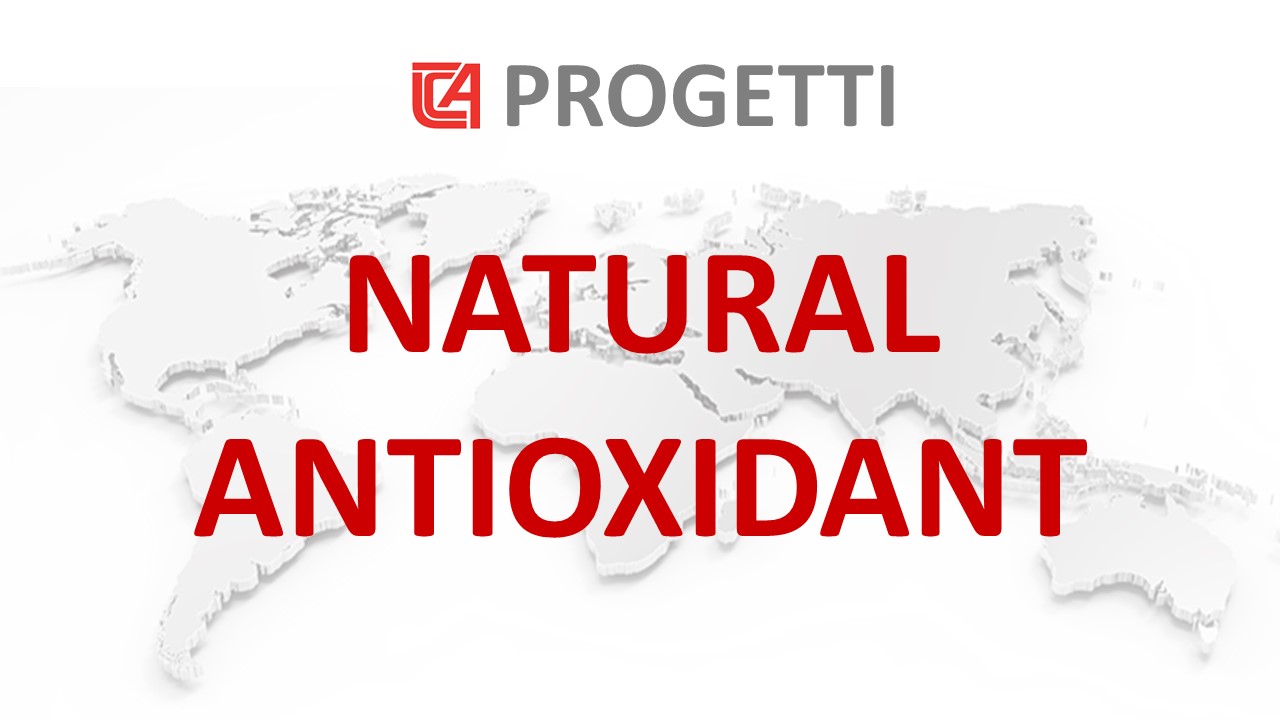Natural antioxidants of Olive Milling Wastewater (FAIR CT97-3039)
Strategic objectives addressed
The objective is to improve the knowledge on the biological activities of antioxidant phenols obtained from olive oil processing wastewater, and to define procedures for their extraction and valorization as health food supplements and/or natural food antioxidant
Proposal abstract
The recent interest in the biological effects of dietary antioxidants of phenolic and flavonoid nature is underlined by various reports, indicating that the daily intake of few tens of milligrams of flavonoid reduce the risk of coronary heart disease in large population groups. Although the mechanisms responsible for these effects need to be elucidated and information on the bioavailability of these compounds is limited, these data strongly support the current interest for research in this area.
Attention in the area of atherosclerosis has been focused on the enhanced atherogenic properties of oxidatively modified low density lipoproteins (LDL) and, consequently, on the role of antioxidants, in addition to the type of fat, in the diet in the pathogenesis of CHD. The Mediterranean diet is rich in antioxidants present in fruit, vegetables, legumes, grain, in addition to olive oil, in which the major antioxidant protection is provided by appreciable content in simple and complex phenols.
In this context, minor polar compounds present in olives and first pressure olive oil are potential antioxidant, which play an important role in the stability and shelf life of this product. The polyphenolic fraction amounts up to 800 mg/l in first pressure oil, depending upon various condition (cultivar, climate, degrees of ripeness of the fruit, and its handling). The antioxidant compound present in the oil, are obviously derived from olives and are found also in the water phase. In fact, due to the chemical characteristics of polyphenols, the partition between oil and water is different; so that the major proportion of these compounds can be found mainly in the acqueous phase (i.e.<1% in the olive oil, approx. 18% in olives). During the processing of olives into oil therefore, a large fraction of the polyphenols is lost in mill wastewater.
Additional:
A patent was registered and is under commercial exploitation. For more information please contact us.
Partner di progetto
- University of Bologna (I)
- University of Florence (I)
- University of Granada (E)
- University of Montpellier (F)
- Tecnoalimenti S.C.p.A. (I)
- ACH, Lisbon (P)
- DOMCA, Granada (E)



